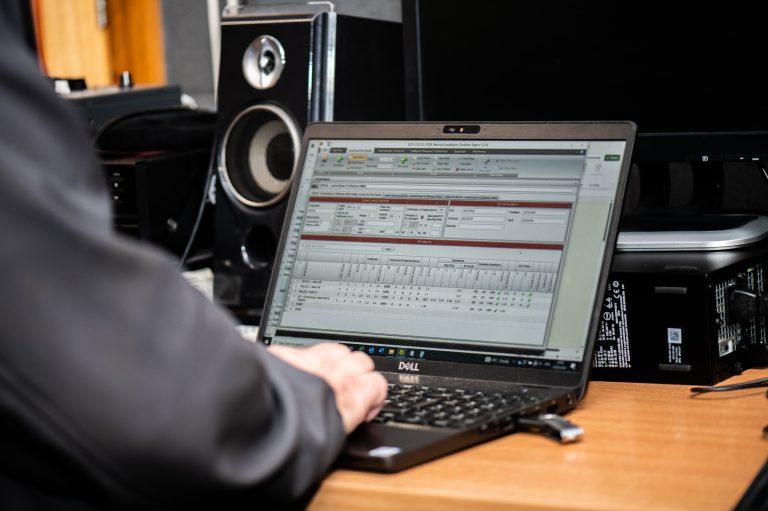If you are responsible for health and safety or building maintenance on a university campus, electrical testing is a must. Universities have a legal requirement to protect students, staff and visitors from danger whilst on campus – and danger from electrical installations too.
Here’s what electrical testing you should be doing in your university buildings.
Fixed Wire Testing in all university buildings
Fixed Wire Testing is where a qualified engineer tests electrical installations and circuits in your university buildings. When testing is complete, you’ll receive a report, called an EICR report, which gives each installation a safety code.
If some of your installations are deemed dangerous, they will need remedial work to make them safe.
Universities should have their electrical installations tested every five years, according to the IET Wiring Regulations. You can have the whole campus tested at once – in the summer holidays, for example – or on a rolling basis. This means 20 per cent of university buildings could be tested each year to minimise disruption whilst ensuring they are all tested once every five years.
There are two laws that Fixed Wire Testing shows compliance with: The Health & Safety at Work Act 1974 and The Electricity at Work Regulations 1989. Most insurers require EICR reports to demonstrate your compliance with their requirements, too.
PAT Testing all appliances on campus
PAT Testing stands for Portable Appliance Testing – and as the name suggests, it is the testing of any portable electrical appliances on campus. A portable appliance is an electrical appliance that can be moved, often identifiable by a cable and plug.
If an appliance is deemed unsafe, it must be repaired or replaced before it can be used. Safe equipment can be marked with a PAT sticker showing the date of testing and the testing engineer.
There are no set requirements for how often PAT testing should be carried out. To show the utmost compliance with The Electricity at Work Regulations 1989, many universities prefer to have yearly PAT testing.
Universities have a vast amount of portable electrical equipment. Like Fixed Wire Testing, PAT testing can be done out-of-hours or on a rolling basis to reduce disruption to teaching and other activities on campus.
Emergency Light Testing all campus buildings
Emergency lighting illuminates escape routes and firefighting equipment if the mains power fails. All university buildings must be fitted with an emergency lighting system.
It is a legal requirement to maintain and test emergency lighting systems in all university buildings. The Emergency Lighting British Standard BS 5266 states all requirements for emergency lighting installations and maintenance. Complying with these requirements also serves as evidence of adhering to FSO regulations.
Monthly flick tests should be carried out by the person responsible for fire safety on campus. Every year, there should be full duration tests carried out by an electrical specialist. You will be provided with a full report detailing each installation and any faults found.
Intersafe have over 25 years’ experience in electrical testing for large and complex premises, with our client base including some of the UK’s leading universities. To discuss testing on your campus, contact the Intersafe team today.




